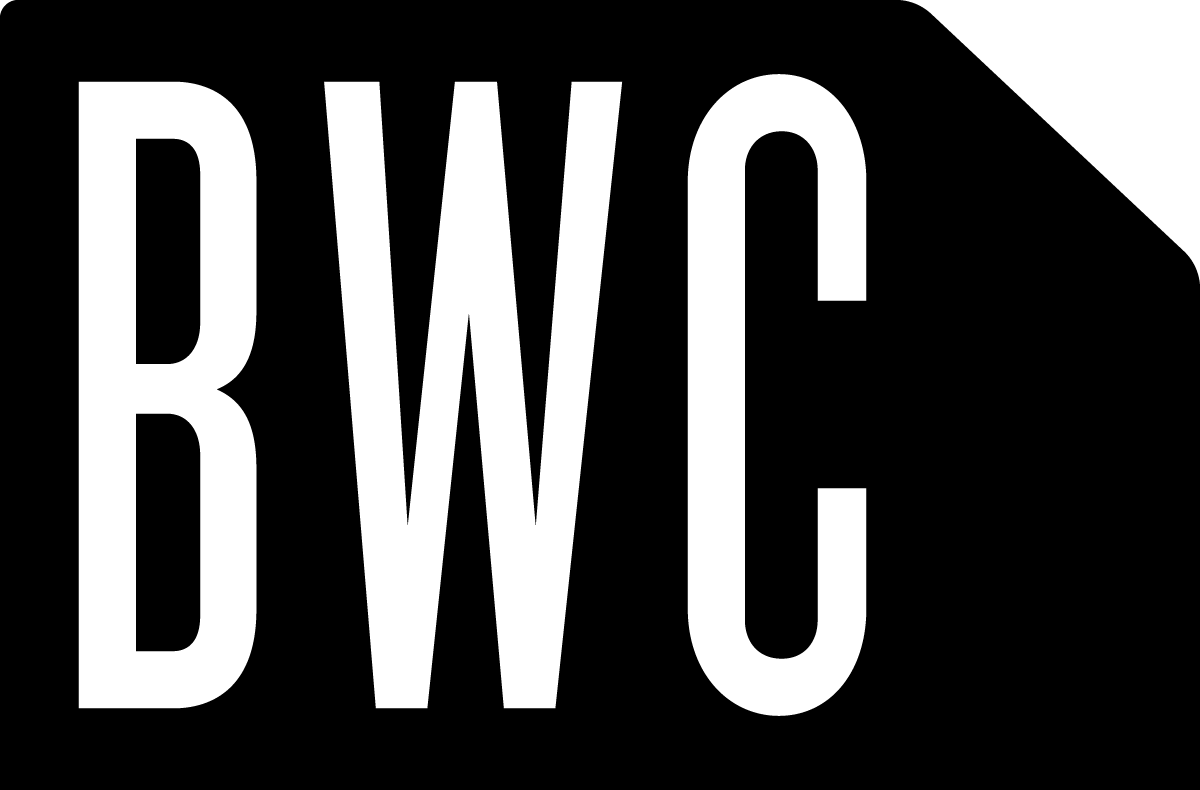CNC vs. 3D Printing vs. Laser-cutting
A funny thing happened after we bought the Shopbot, our CNC Routing Table (or as we call it, 'Frank'). Whenever we told our other artist or designer friends about it, and what it does, invariably the topic of 3D printers and/or laser cutters would come up. And usually folks would wonder why we didn't buy one of those machines instead!

While it may seem to be the same, turning computer whatsits into real-life objects via some machine, in reality these three machines are vastly different in what they can do.
Probably one of the best in-depth discussions of the topic I've read yet comes from this fellow, the owner of a desktop 4-axis mill: http://www.bnt4cncrp.com/srp-vs-sla.html
For those out there that don't know much about these machines, you can sum it up pretty quickly:
CNC Mills / Routers: Computer-driven carving tools that take a given material and carve it into whatever you wanted. It's a subtractive process, or as we like to call it, a '3D remover'.
3D Printers / Rapid prototypers': Computer-driven model builders that create solid things out of many micro-thin layers of glue, resin, or glued together powder that it builds up until you've gotten whatever it was you wanted. It's an additive process.
Laser Cutters / Waterjet Cutters: Computer driven cutting tools, that use a laser, or super-duper high pressure water and sand jets to simply cut a given material perfectly, cleanly, and all the way through.
If you want more detail, just check out the above link. But to get to the point, the main reason we choose a CNC Routing table (after lots of research) has everything to do with Materials, Object Size, and Repeatability. The CNC table makes real things, not just models, it can make those things out of whatever you feed it, without major size limitations, and it can make one or a million of those things.
As cool as the 3D printers are, they don't make real products you can in turn sell or put together to make a building / sculpture / whatever. The models they make are made up of resin (which is very expensive) or glued powder (which doesn't work for much other than models). While you can take a 3D printed object, and use it as a basis for a mold, we figured you can do the same thing with the CNC table if you wanted to. Make one thing and use it to make a mold to then make copies out of concrete, Fiberglas, or silicone. And while the 3D printers can make objects that are way, way more complex than our CNC table (no axis or bit size limitations), for what we're doing (products, furniture, interiors, buildings) the objects tend to be larger and simpler anyways. So I guess I'll just have to get over the fact that we can't, say, make our own highly-detailed series of action figures of various semi-famous designers (Bruce Goff! With organic-painting Kung-Fu grip!). And heck, we can produce things such as these wings (and could get a lot more complex than that) so that's good enough for me:
And as neat as the laser cutters / water jets are, we wanted to be able to do sculptural things as well as flat things. Lasers can only cut, or burn a surface down to a certain level (and that takes a very expensive laser, unless you're just drawing on the surface of something). Waterjets only cut (but cut anything you can put under them perfectly cleanly. yikes!). Plus these, again, just like the 3D printers, are way more expensive than an accessible (read: lower end) CNC table like ours.
So that's why we don't have a 3D Printer or Laser Cutter. Yet.


